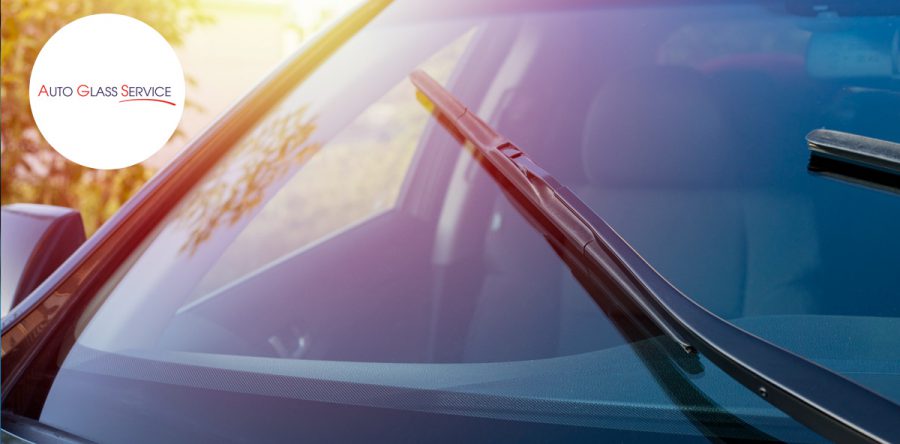With the rapid advancement of automotive technology, vehicles are more sophisticated than ever. One of the critical components of modern cars is the Advanced Driver Assistance System (ADAS), designed to enhance safety, prevent accidents, and provide driver support. Many of these systems rely on sensors and cameras mounted on or near the windshield, so calibration becomes crucial after any glass service—whether it's a windshield repair or replacement. Here's why windshield calibration matters and how to determine if your vehicle requires it.
The Role of ADAS and Windshields in Modern Vehicles
ADAS features include lane departure warnings, adaptive cruise control, automatic emergency braking, forward collision alerts, and more. These systems use sensors, cameras, and radar technologies to keep you and your passengers safe.
The windshield is no longer just a protective barrier between the driver and the elements; it's a vital component of your car’s safety systems. These cameras and sensors help monitor the road, surroundings, and driving conditions to provide the real-time data that ADAS uses to activate alerts or initiate safety responses.
When a windshield is replaced or repaired, even the slightest shift in camera or sensor alignment can result in significant inaccuracies in the data these systems rely on. This is where windshield calibration becomes essential. Calibration ensures that after the glass service, the sensors and cameras are correctly aligned with the ADAS so that they can continue to operate with the precision intended by the manufacturer.
Why Windshield Calibration is Crucial
-
Accurate Safety System Functionality
Windshield calibration is critical to ensure your car's safety systems work properly. ADAS features like lane-keeping assist and forward-collision warnings depend on accurately detecting lanes, objects, and other vehicles. Misaligned cameras can lead to incorrect readings, causing these systems to malfunction.
-
Preventing False Alarms and Inaccurate Data
When ADAS systems aren’t calibrated correctly, they may generate false alarms or fail to provide warnings when necessary. Imagine your forward-collision warning going off unnecessarily or your lane-keeping assist steering you off course! These false alerts can become a significant distraction and lead to dangerous situations. Even worse, you might begin to ignore the alerts, assuming they are inaccurate, which could have severe consequences in an emergency.
-
Ensuring the Proper Function of Autonomous Features
In addition to safety warnings, some vehicles are equipped with semi-autonomous features like adaptive cruise control, self-parking, or highway driving assist. These features rely heavily on precisely calibrated ADAS sensors. Incorrect calibration can lead to erratic performance or complete malfunction of these autonomous driving systems.
-
Compliance with Manufacturer Standards
Many automakers have specific requirements for windshield calibration after any glass service, and these requirements are often tied to warranty conditions. Failure to calibrate the ADAS systems after windshield service could void your warranty, leaving you without coverage if something goes wrong. More importantly, it could compromise your vehicle's safety and ability to pass certain inspections or adhere to legal safety standards.
How to Tell If Your Vehicle Requires Windshield Calibration
Not every vehicle requires calibration after windshield service, but most modern vehicles equipped with ADAS do. So, how can you tell if calibration is needed for your vehicle? Here are five key indicators:
- Your vehicle has ADAS features
- Your dashboard displays warning lights
- You’ve had a recent auto glass service
- Your vehicle has been in an accident
- Manufacturer recommendations
The Calibration Process
At Auto Glass Service, we make windshield calibration a very simple process. It can involve two methods: static calibration and dynamic calibration. Static calibration is performed in a controlled environment (the vehicle is not in motion) using specialized tools to adjust the sensors and cameras. Dynamic calibration requires the vehicle to be driven so that the sensors can align with real-world driving conditions.
Some vehicles may require a combination of both methods for proper calibration. This process typically takes between one to three hours, depending on the complexity of the ADAS system and the type of calibration needed.
If your vehicle has ADAS features and you’ve had windshield work done, don’t overlook the importance of calibration. It’s a critical step in maintaining optimal performance and ensuring your car remains safe to drive. Our knowledgeable, certified technicians will take care of your ADAS calibration quickly and efficiently! Call us today.

